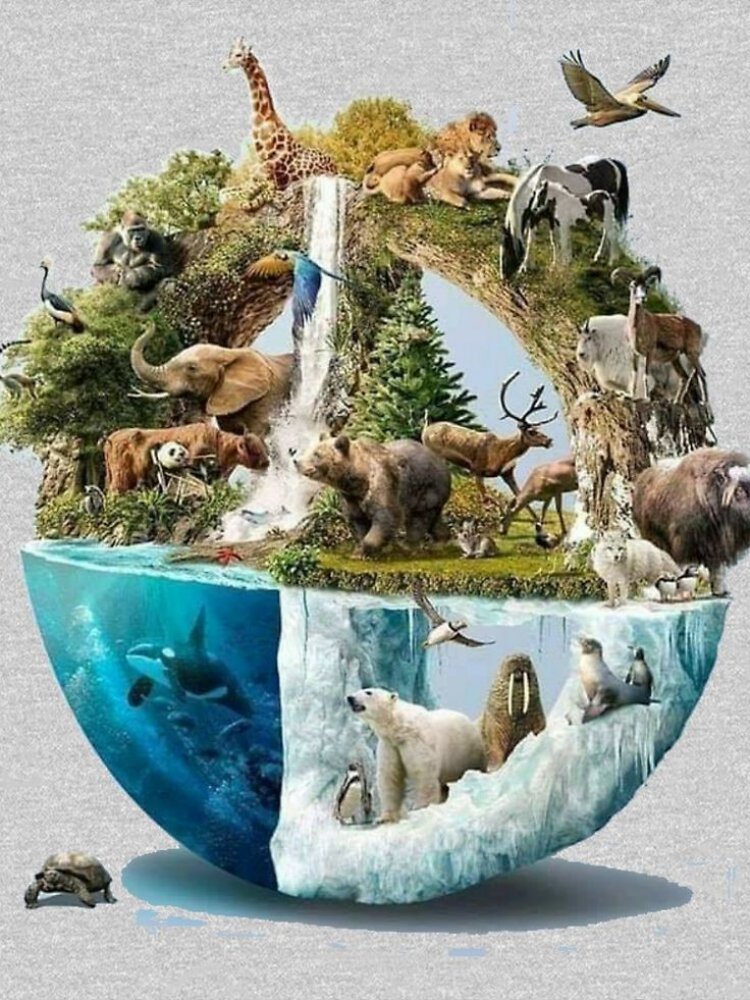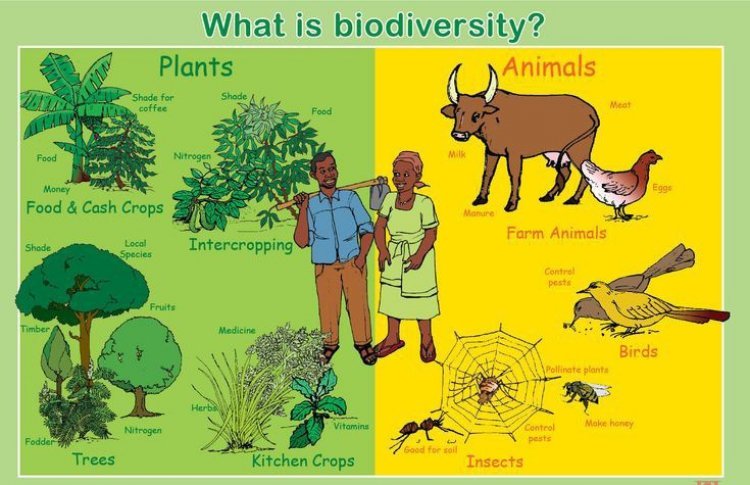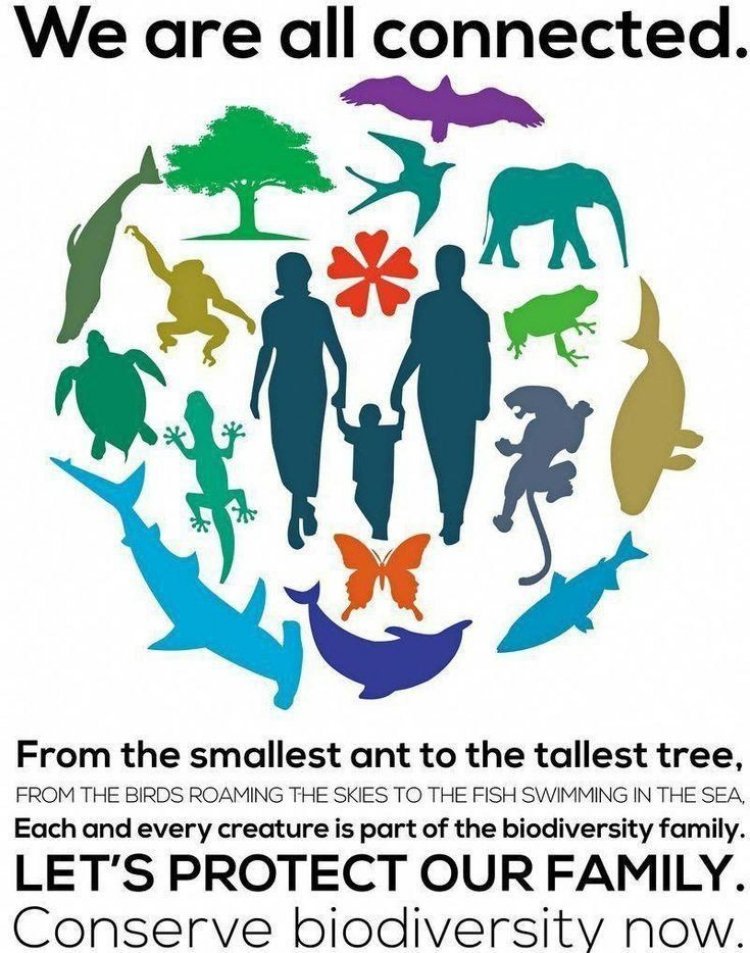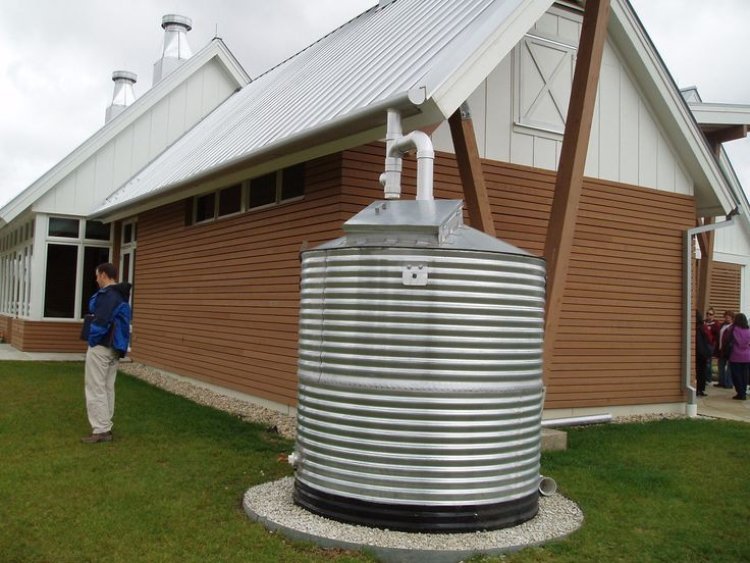Everything to know about biodiversity
Matters you need to know about biodiversity 1. What is biodiversity 2. Types of biodiversity 3. Importance of biodiversity 4. Biodiversity hotspots 5. What can we do?

EVERYTHING TO KNOW ABOUT BIODIVERSITY
In this world of technology and profuse advancements, people have started to forget about nature and its attributes, hence it’s inevitable to bring your attention to the need of conserving our biodiversity. There’s a river island, Majuli in India that was once a desert-like region which later transformed into a lush green forest-dwelling various creatures like tigers, elephants, rhinoceros, etc. You will not believe that these 1300 acres of forest are the effort of a single man, Jadav Payeng. We’re too able to lend anything for our home and for that, you need to know about biodiversity and its aspects. Then, let’s go through this article.
What is biodiversity?

Our world is a complete composite of various elements that range from tiny shrubs to the sky reaching large trees, microorganisms to enormous creatures and this totally adds up to form the Biodiversity. That means, the diverse organisms, their genes, and their ecosystem combine together to form biodiversity and it’s formed by decades of evolutionary processes.
Types of Biodiversity
There are three types of biodiversity that are Ecosystem Diversity, Species Diversity, Genetic Diversity, and all these aspects are lending innumerable contributions. Forest, lakes, rivers, sloughs are the various ecosystems and their number varies with the types and counts of their inhabitants. Each ecosystem varies due to changes in soil and climate. And, the diversity in the species that are dwelling in these ecosystems is meant by Species Diversity. The genetic pattern, number of genes, and genetic functions vary in different families of the same species and this diversity is called Genetic Diversity.
Importance of Biodiversity

We all know that every creature in this world survives by depending on one another and the problem faced by a single creature in it can make unfavorable impacts on other ones. Dodo is an extinct bird variety and the fruits of the Calvaria tree were their feed. When these trees were cleared, all the organisms that were dependent on it got severe impacts, even the vendors of this fruit also were in vain. This is how the dilapidation of a single element in the chain, topples down the entire ecosystem including the lives of people. Hence, it’s crucial to conserve each part and parcel of the environment like air, water, organisms, habitation, climate, etc. for a better life.
Biodiversity Hotspots
The places that are abundant with biodiversity are called Biodiversity Hotspots, but the species over there are now facing severe sustenance adversities. It was Norman Myers, a British scientist who put forward this idea of Biodiversity Hotspots in 1988. He realized that the biodiversity regions are in the way of total destruction due to human exploitation and this paved way for this deal. There are around 34 biodiversity hotspots in this world that include Western Ghats, Himalayas, Sundaland, Indo-Burma region in India.
What can we do?

Our contribution to the conservation of biodiversity should start from protecting the environment and organisms around us. Plastics, chemical wastes can deteriorate the quality of soil and water, hence they should be safely deposited in compost pits and bio-wastes can be used for nurturing plants. Rainwater reservoirs, Rain harvesting pits, or ponds can be installed to collect filtered rainwater. Fiber tanks or concrete tanks are also the options to get water for needs. We could plant medical plants or vegetables around your premises by fetching seeds from the nearby government agencies or farmers. Digging up small ponds for squirrels and birds can be a great help for them during summer days and these ponds can even rear water plants, Azolla, etc.
Let’s stand together to conserve our biodiversity and thereby ourselves from the verge of destruction.

















